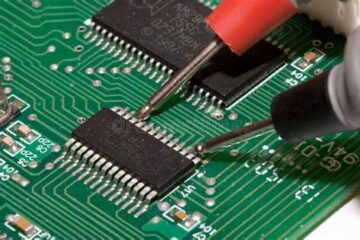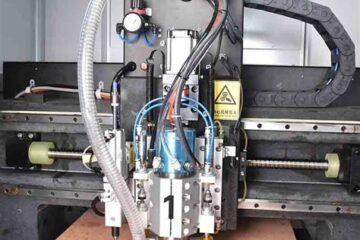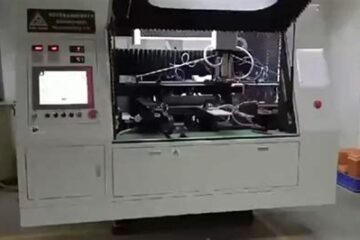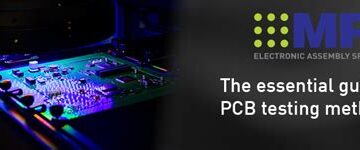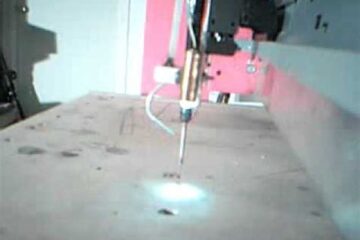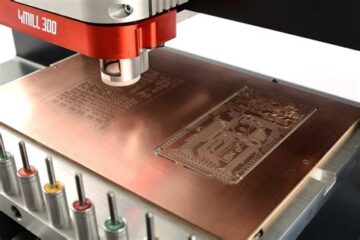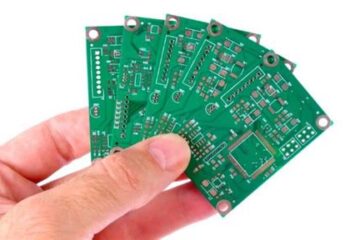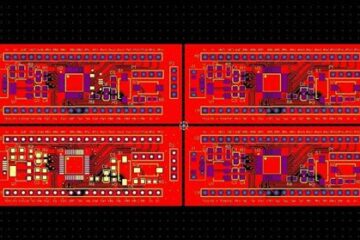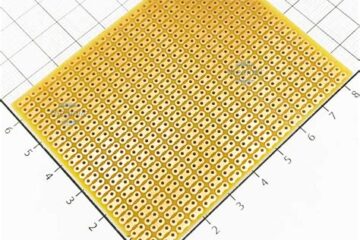PCBA
Complete Electrical Testing in PCB Manufacturing
Introduction to PCB Electrical Testing Printed Circuit Board (PCB) manufacturing is a complex process involving multiple steps to create a functional board that meets the required specifications. One critical aspect of PCB manufacturing is electrical testing, which ensures that the manufactured board performs as intended and is free from defects. Importance of Electrical Testing in PCB Manufacturing Electrical testing is crucial in PCB manufacturing for several reasons: 1. Verifying functionality: Electrical testing confirms that the Read more…
